T4K3.news
Autism research advances raise questions about future trials
Stanford researchers report a single dose of a seizure drug reversing autism-like signs in mice, highlighting the path to human trials and the need for caution.

Stanford researchers report a single dose of a seizure drug reversed autism-like symptoms in mouse models, raising questions about future human trials.
One dose epilepsy drug reverses autism signs in mice
In a study published in Science Advances, Stanford Medicine researchers used mice carrying CNTNAP2 gene mutations linked to autism. They targeted the reticular thalamic nucleus, a brain region that helps shape sensory input. The team gave Z944, also known as ulixacaltamide, a drug under investigation for epilepsy, which blocks T-type calcium channels. After a single dose, autistic-like behaviors diminished in the treated mice, including reduced sensitivity to light and sound, fewer repetitive actions, and steadier social interactions. The team noted a decrease in seizure susceptibility in the short term, suggesting shared brain circuits for both conditions.
Scientists caution that results in mouse models do not guarantee outcomes in people. Z944 is not approved for autism and is still in epilepsy trials. Experts say more work is needed to confirm the mechanism in humans and to understand long-term safety. The study also points to a potential overlap between epilepsy and autism, driven by shared genetics and similar patterns of brain activity, a link that could influence how researchers pursue new therapies and how clinicians monitor patients at risk for both conditions. The paper also notes the rise in autism diagnoses in the United States, a trend many researchers attribute to better detection and broader awareness, while political and public discussions about possible environmental factors continue in parallel.
Key Takeaways
"Future research should aim to elucidate how RT-mediated circuit dynamics throughout the brain influence the broader neurobehavioral landscape of ASD, paving the way for circuit-specific, precision interventions."
Direct quote from the study authors calling for further work
"Mice with genetic mutations showed less interest in social interactions, more repetitive grooming and hyperactivity."
Findings described in the study
"Z944 could be used to treat both autism and epilepsy."
Researchers’ conclusion about potential applications
Promising as this is, the leap from mice to humans is steep. The study underscores how quickly neuroscience can turn a discovery into a hypothesis for treatment, but it also reminds us of safety and long-term effects before any patient exposure. If confirmed in humans, the work could shift the focus to circuit-level interventions rather than broad drug effects. The result is not a miracle cure; it is a glimpse of how brain circuitry might be manipulated with precision.
Public interest will likely rise with headlines about reversing autism signs. That raises questions about how quickly researchers should push for clinical trials, how to communicate risk to families, and how to fund follow-up work. The piece sits at the intersection of science, medicine, and policy, where careful language matters and where real-world impact depends on rigorous testing.
Highlights
- One dose changes the conversation about autism therapy
- The brain may share a circuit for seizures and autism
- Science moves cautiously toward human trials
- Hope must walk with evidence
autism research raises policy and public reaction questions
The study sits at the intersection of science, medicine, and policy. It references political figures and broad debates on autism causes and environmental factors, which could provoke backlash or misinterpretation. The content touches sensitive topics and may trigger public reaction beyond the scientific circle.
Science advances in careful steps, keeping the focus on patient safety and real-world outcomes.
Enjoyed this? Let your friends know!
Related News
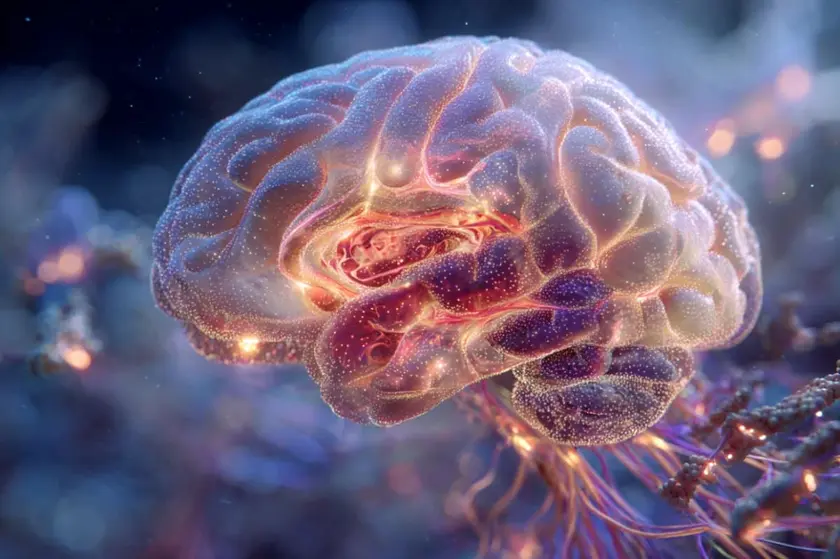
Natural brain lithium linked to Alzheimer's protection

ADHD studies show wide impact
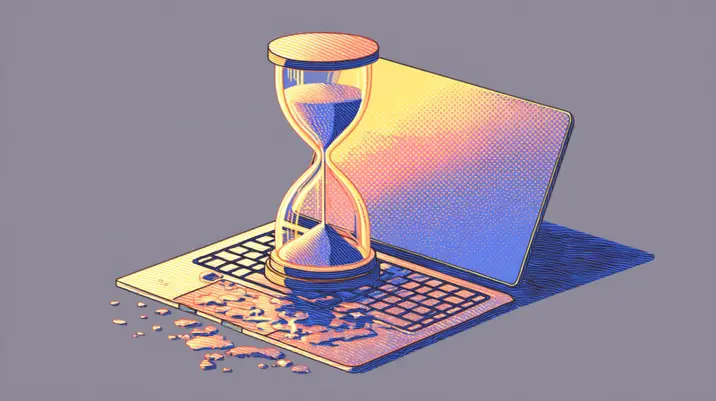
Top AI firms warn about loss of monitoring ability
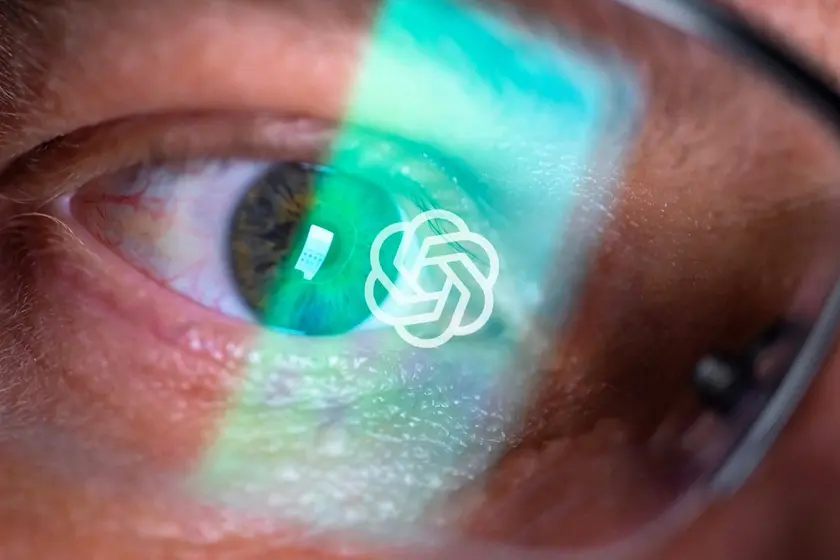
AI mimics human writing style in alarming ways
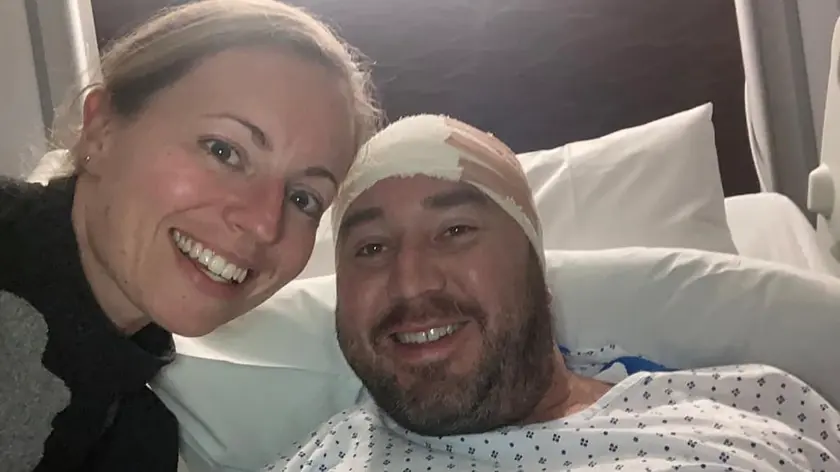
Man declared free of glioblastoma after trial therapy
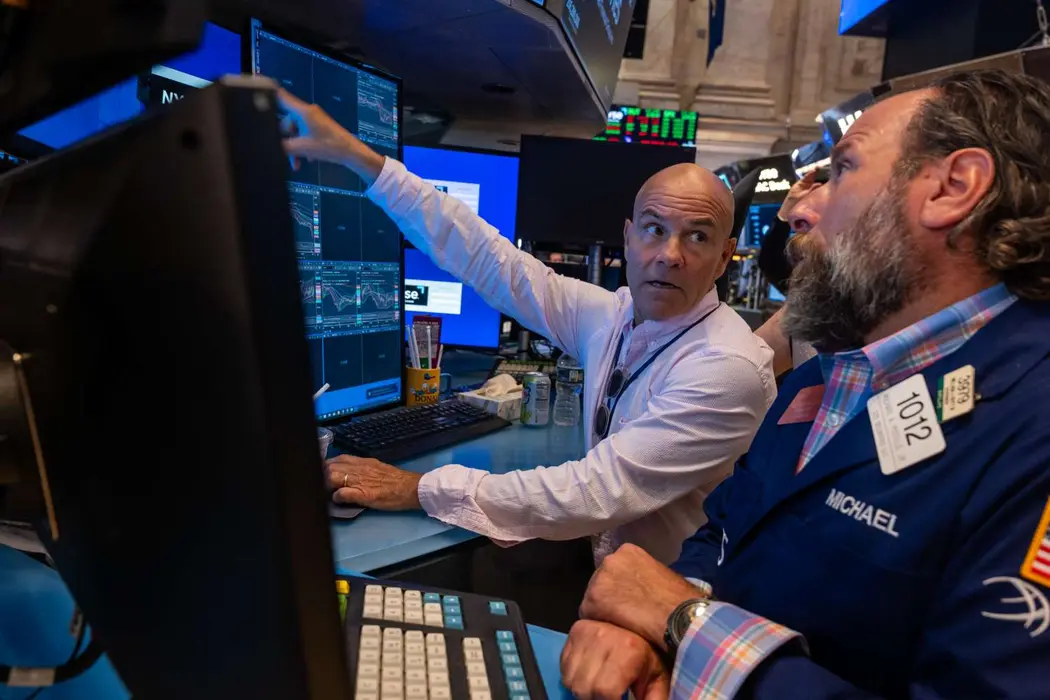
Tech stocks retreat as markets pause after record highs
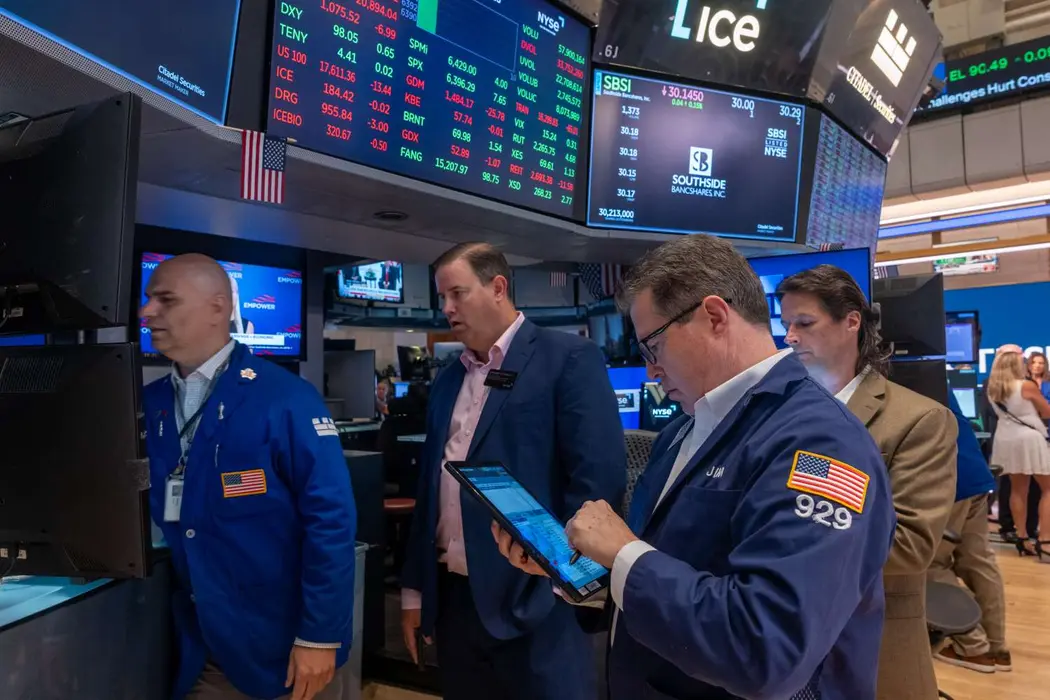
Stock Markets Climb as Earnings Reports Approach
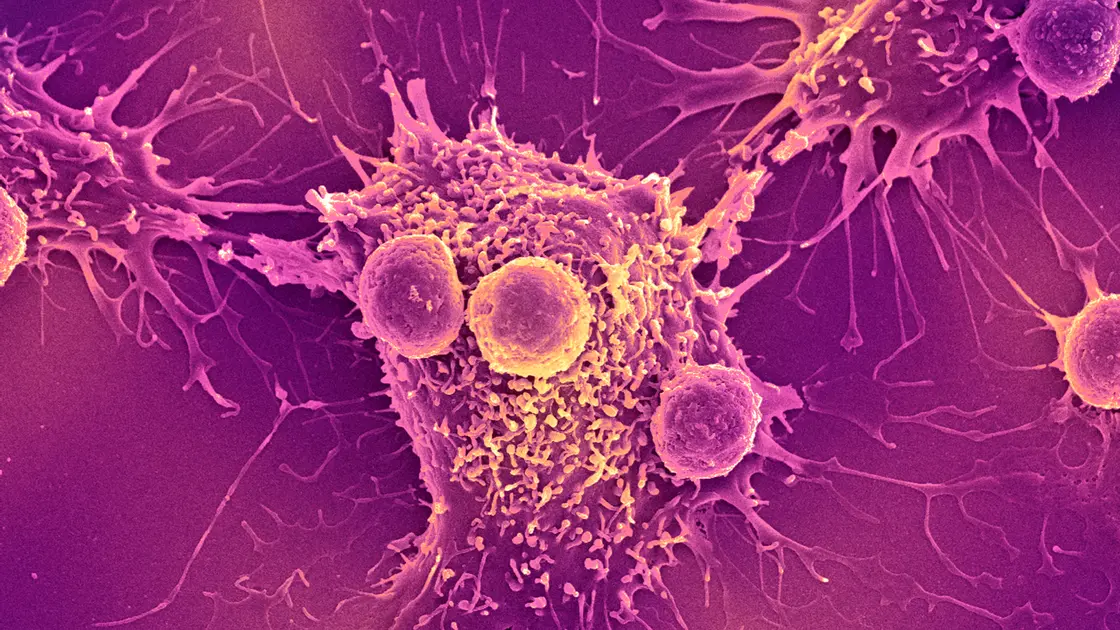
Universal cancer vaccine begins human trials
